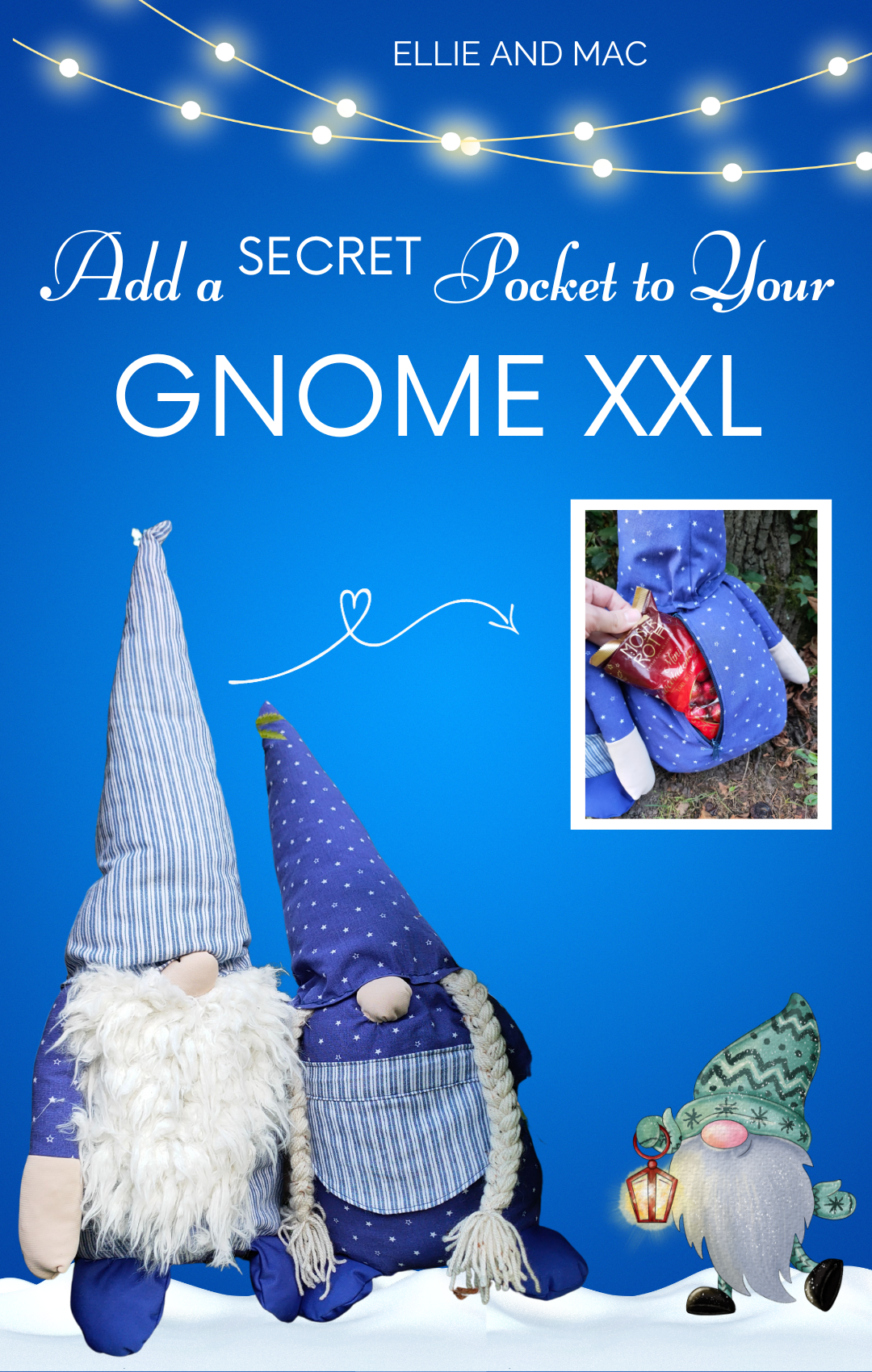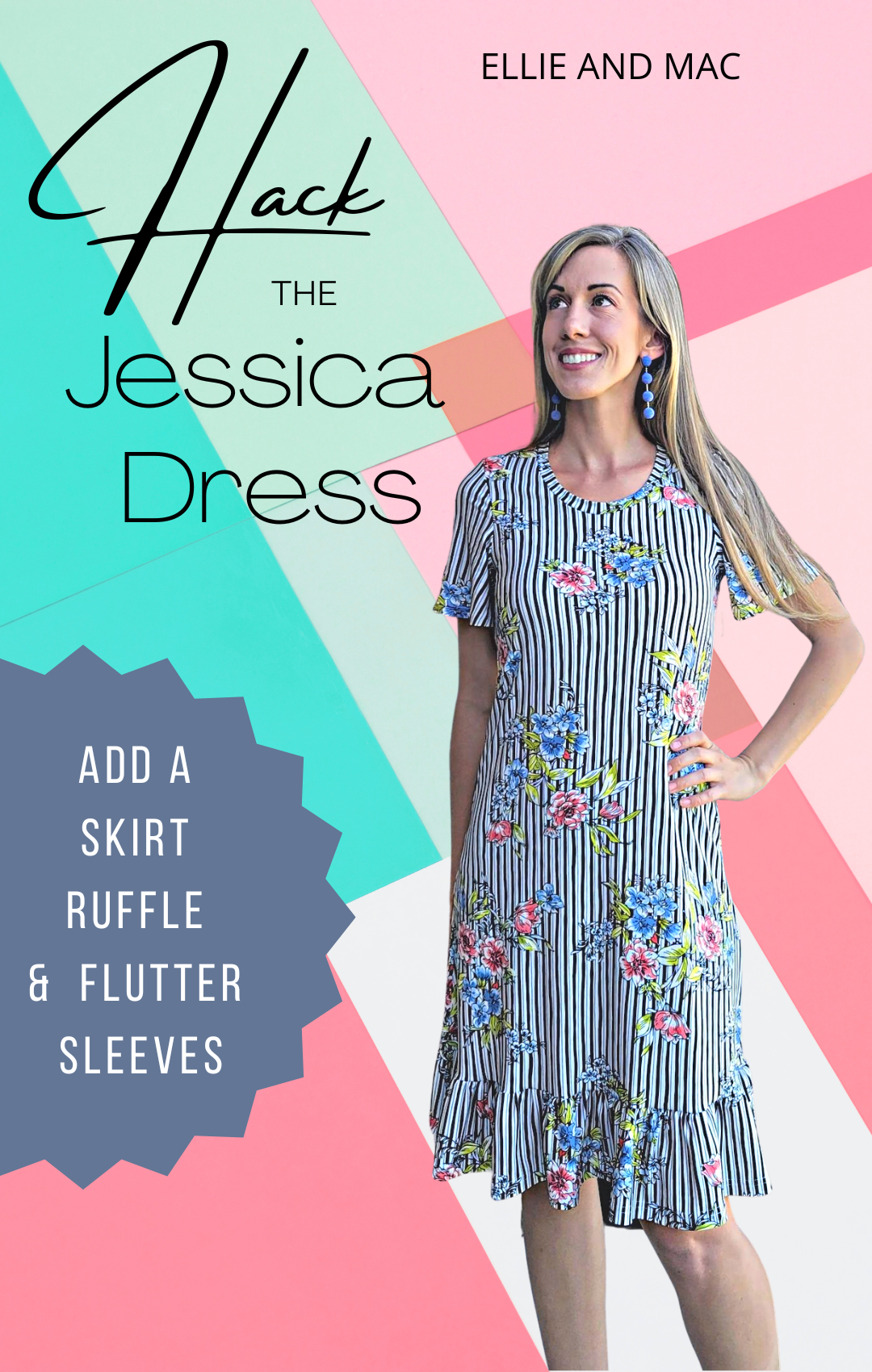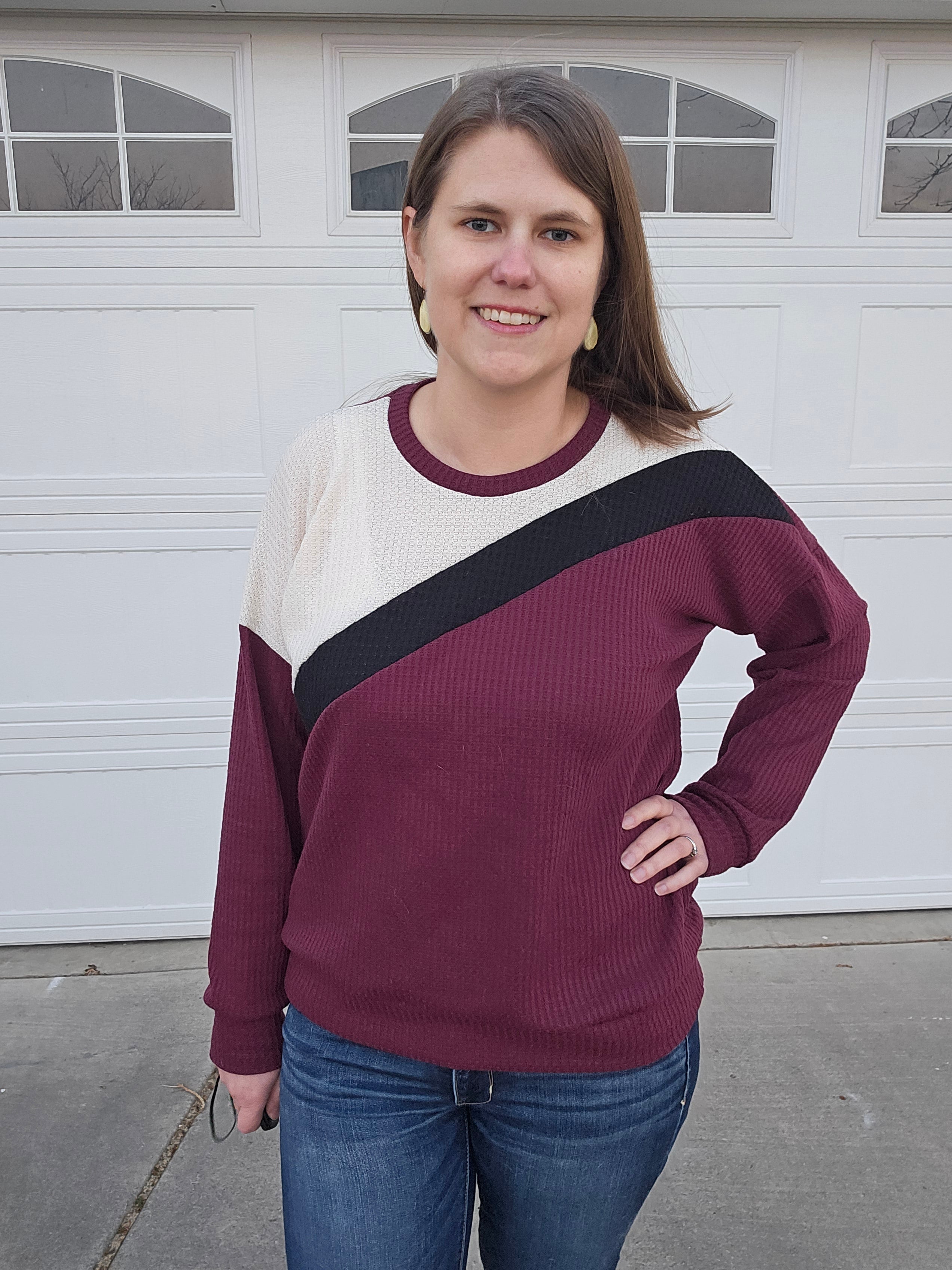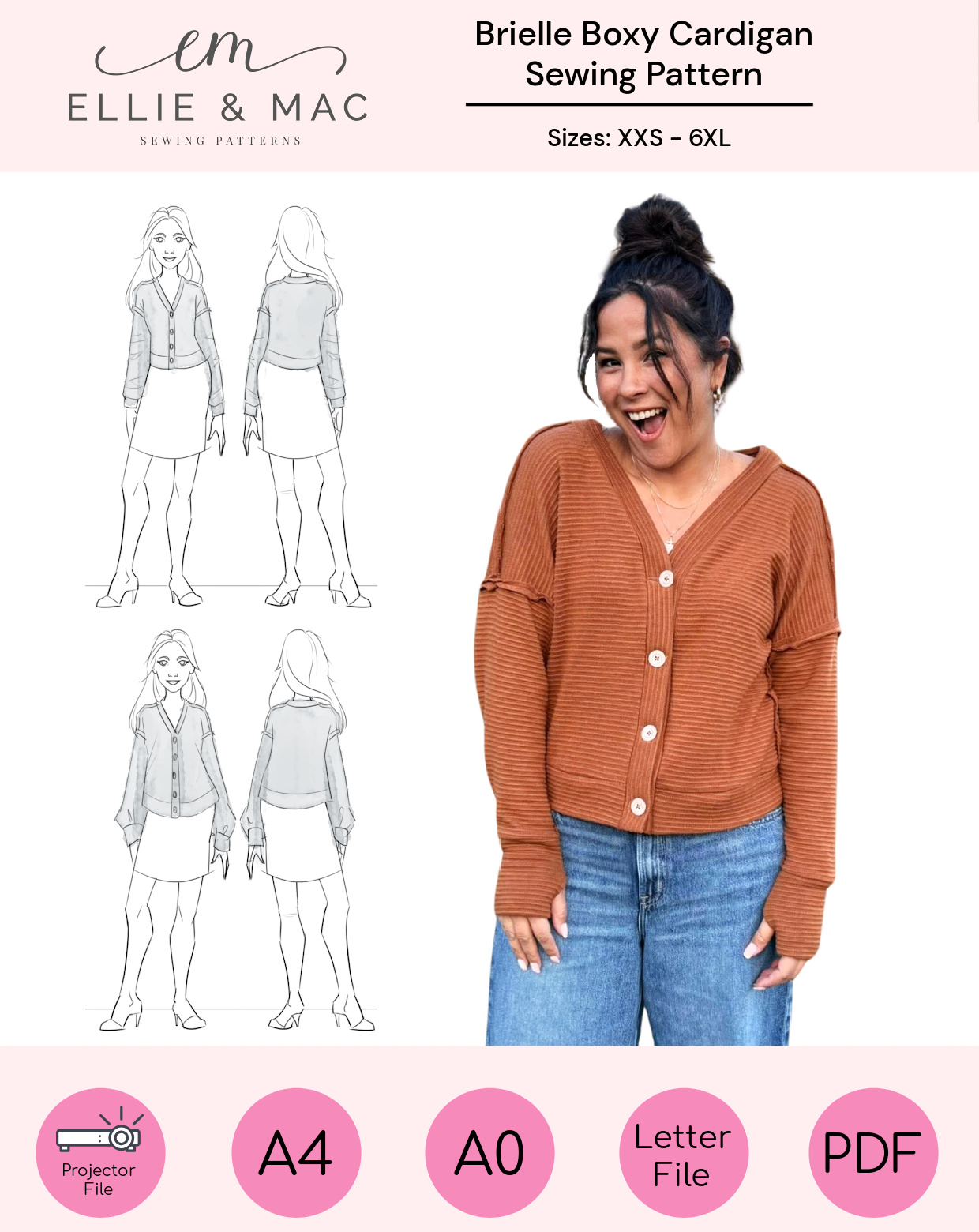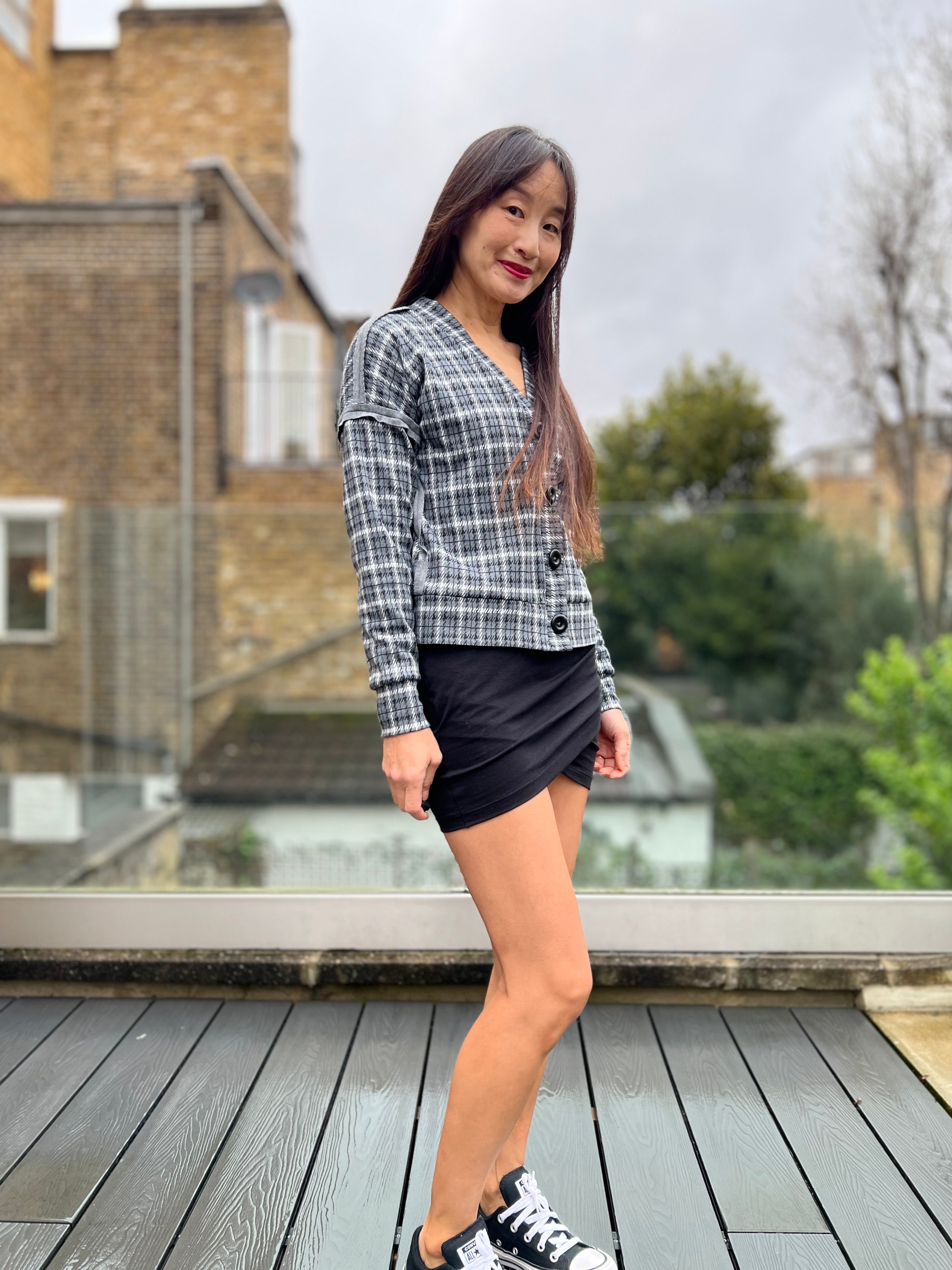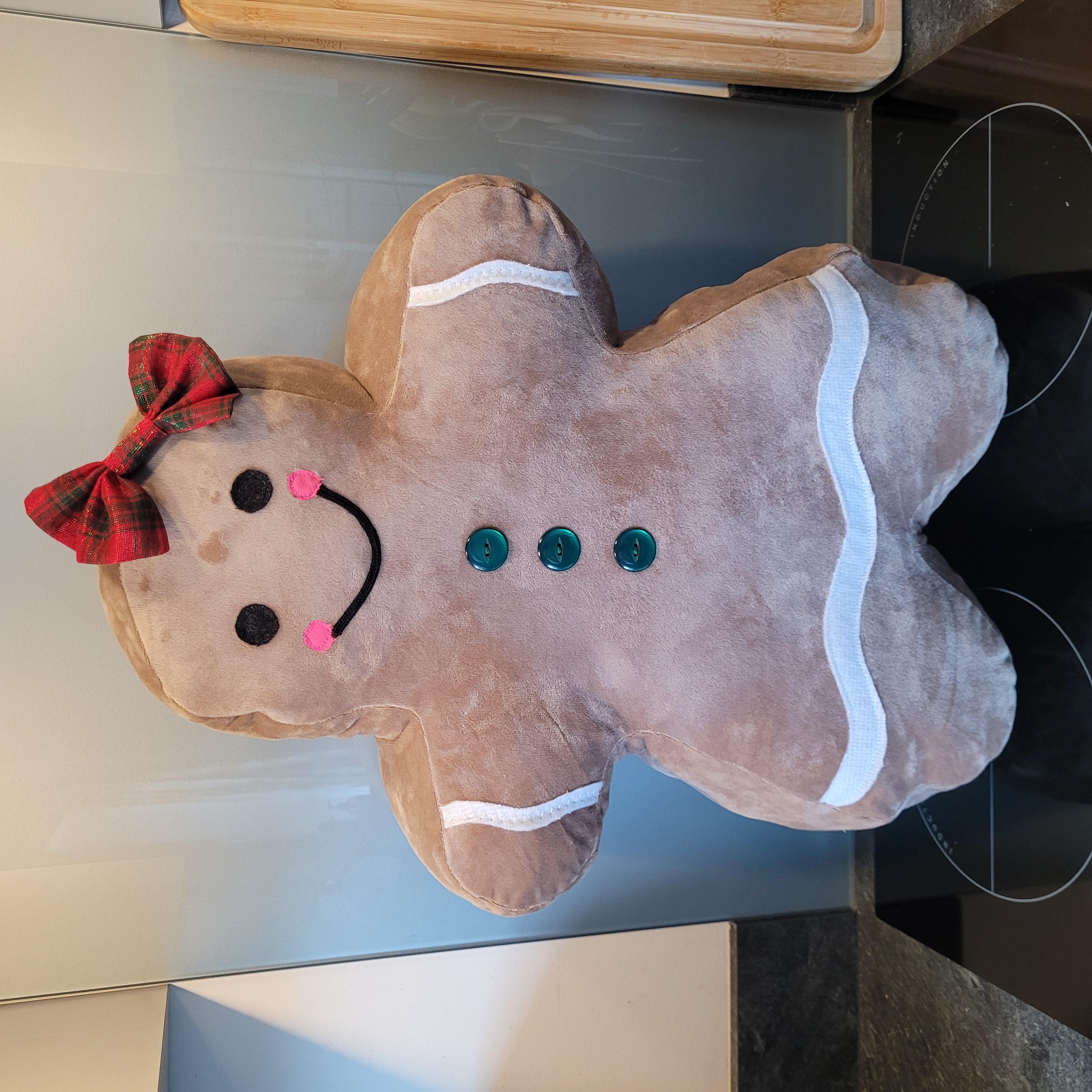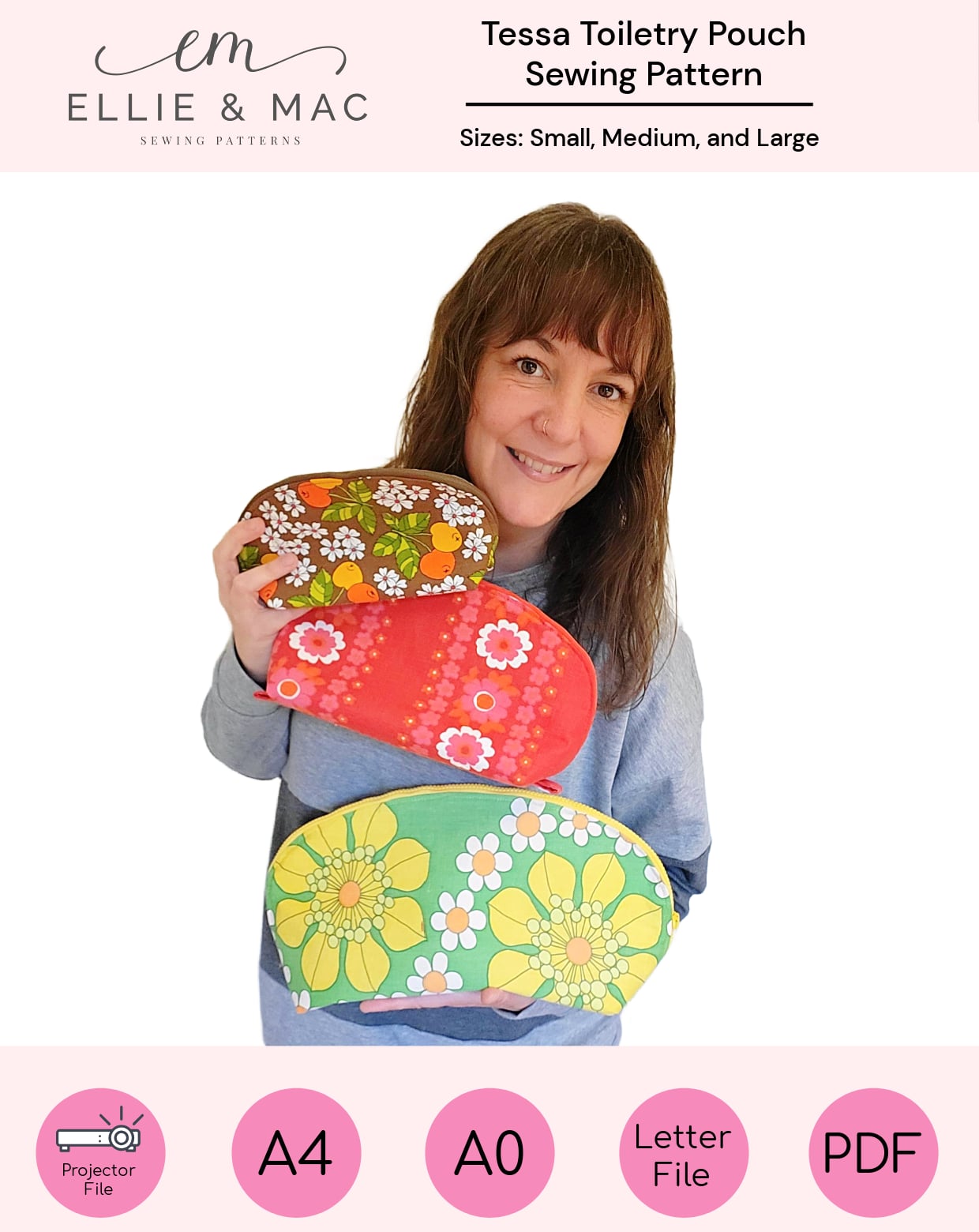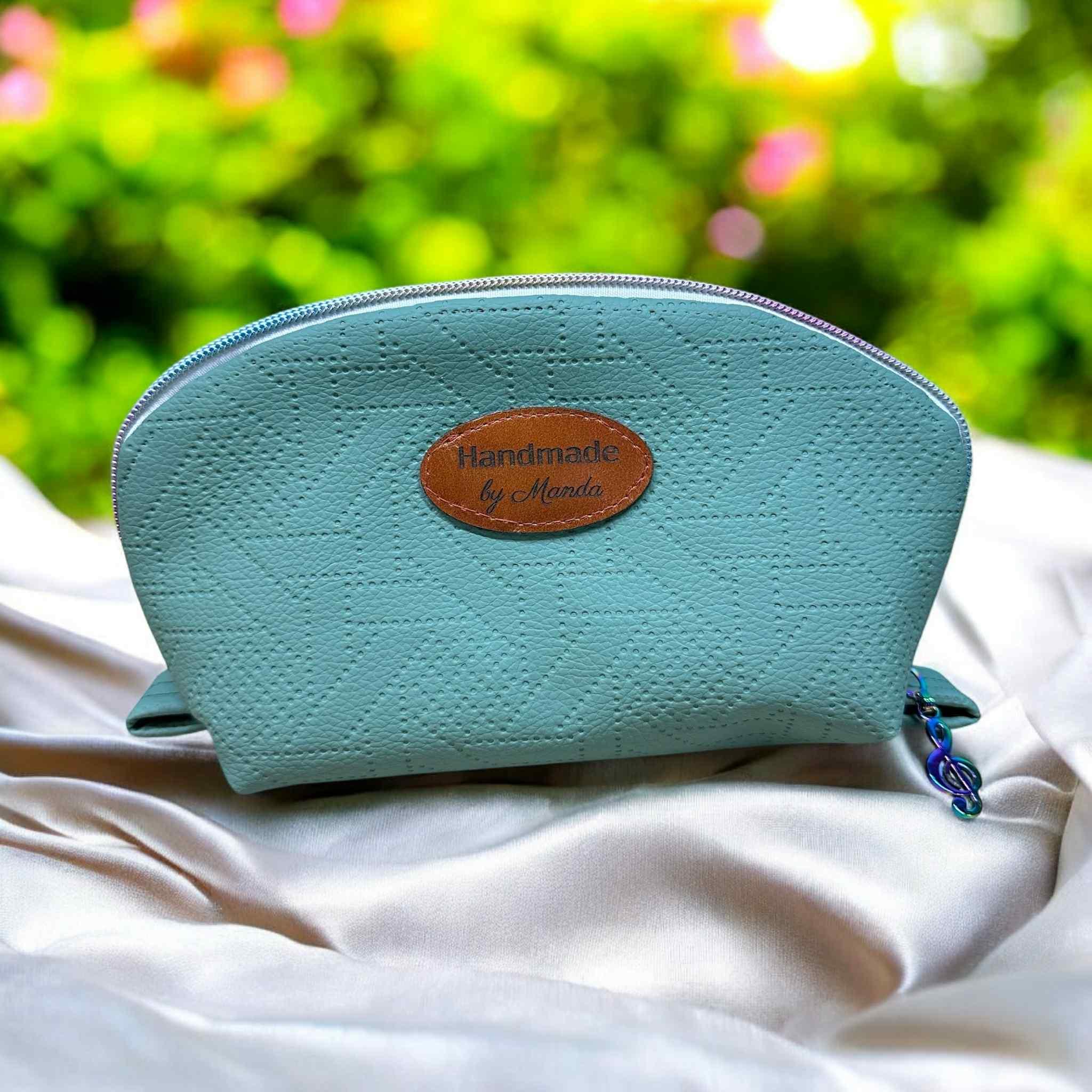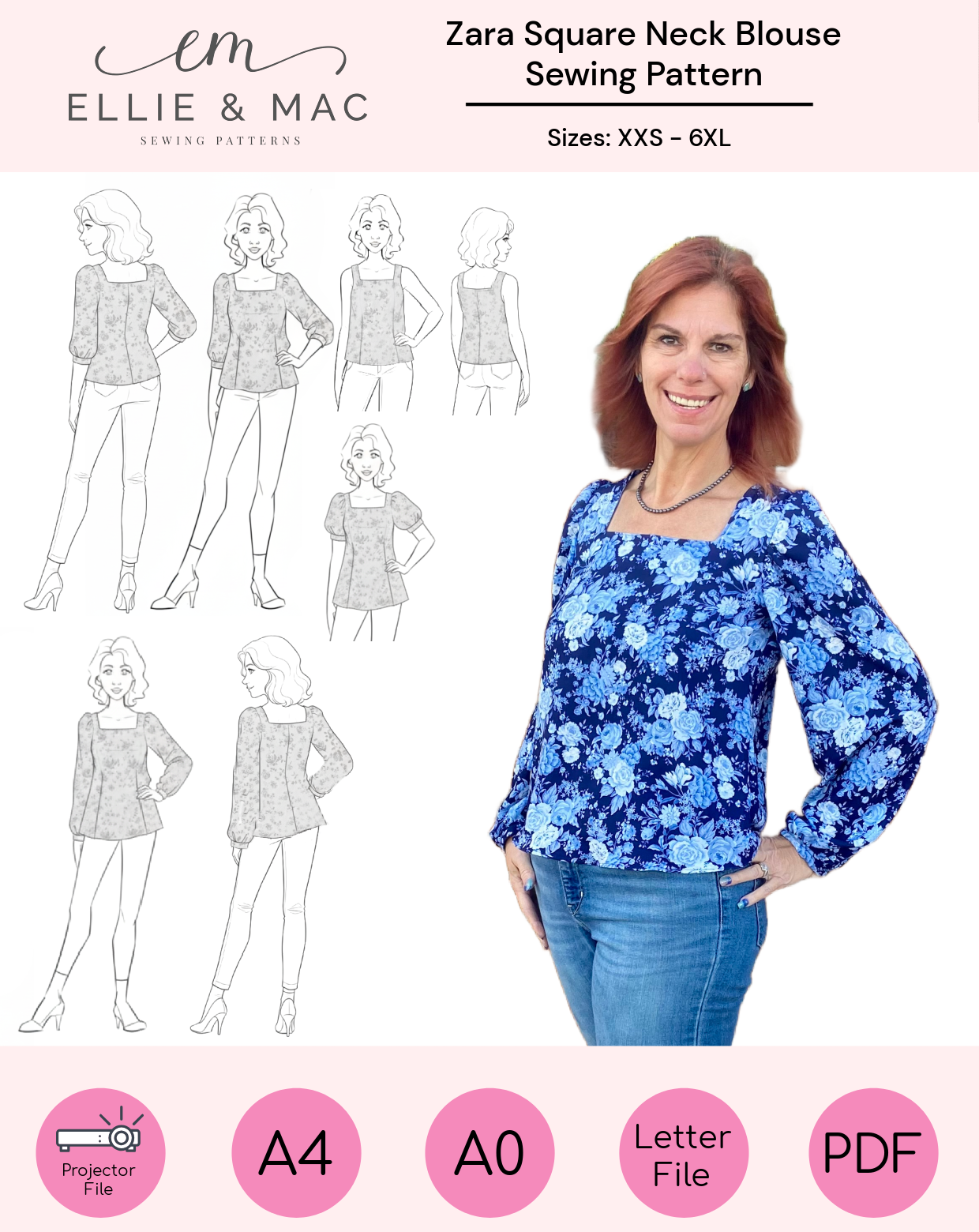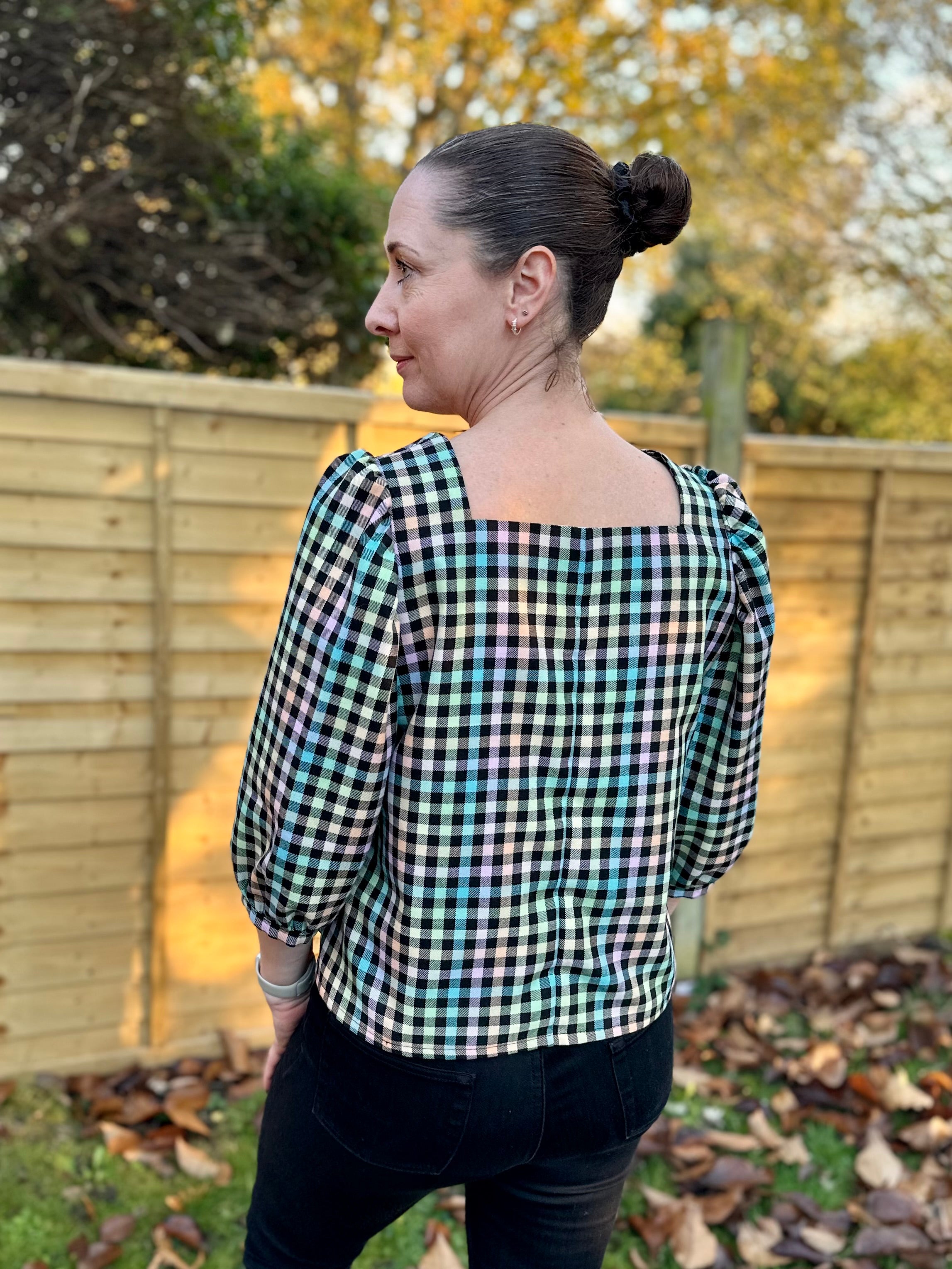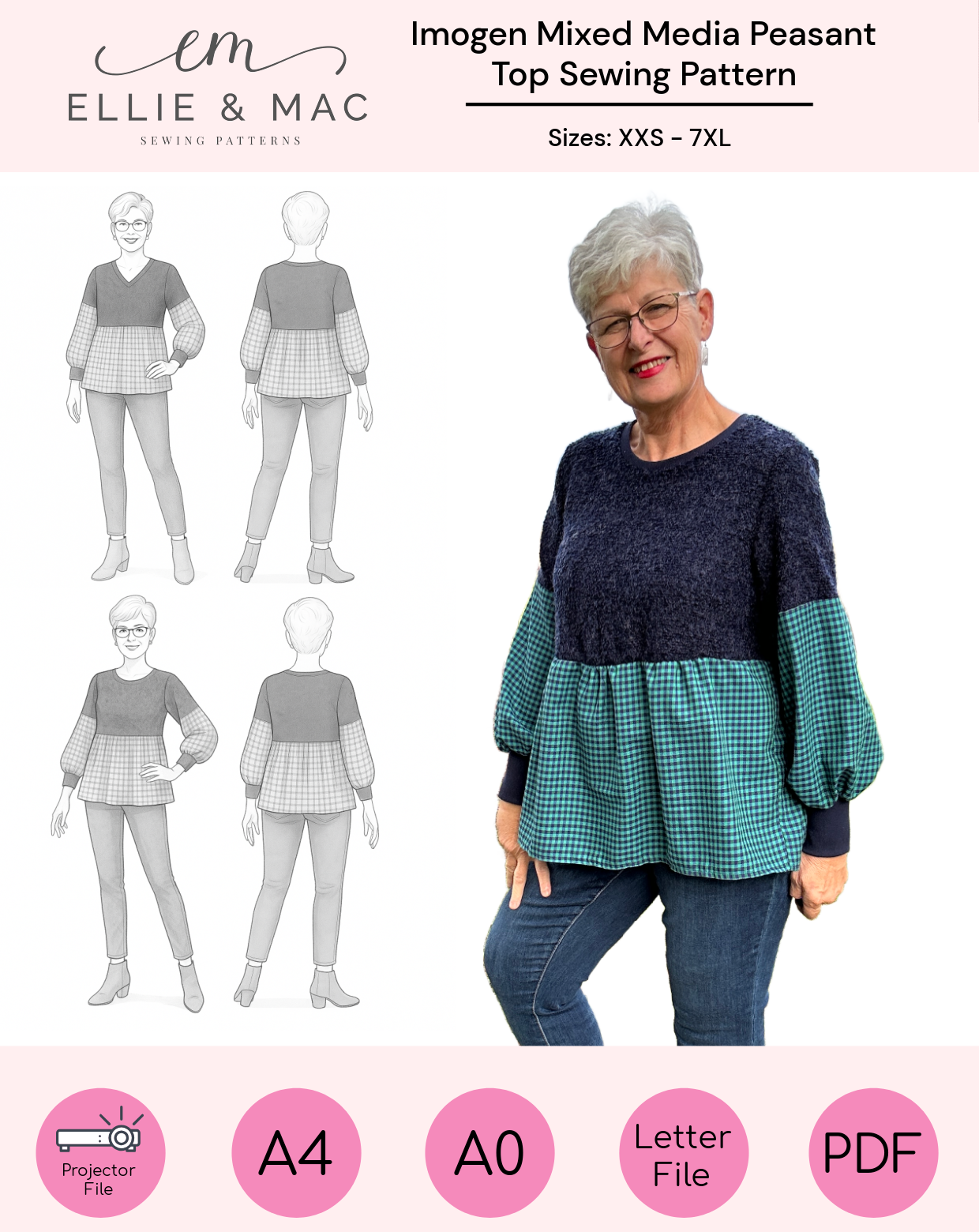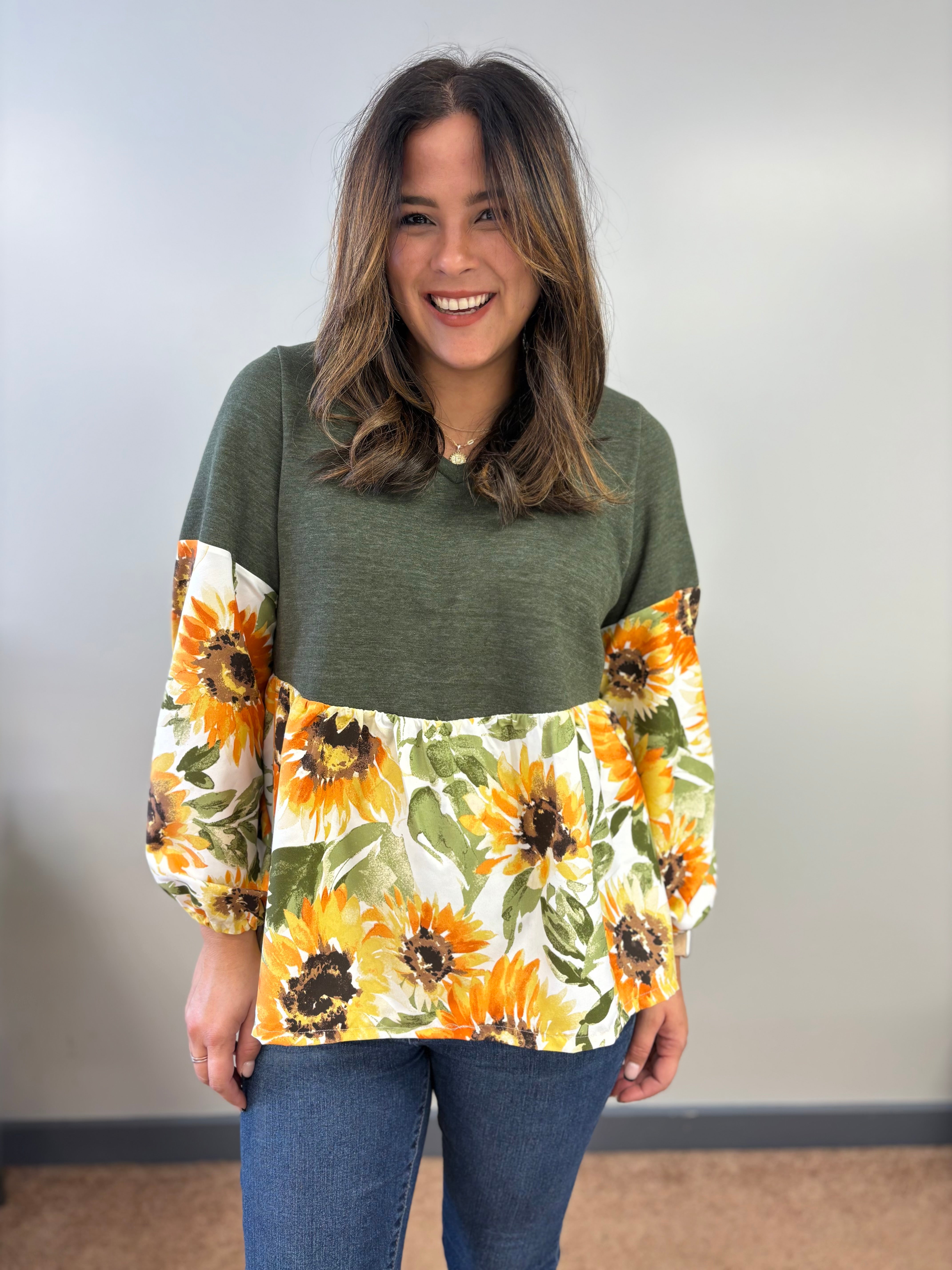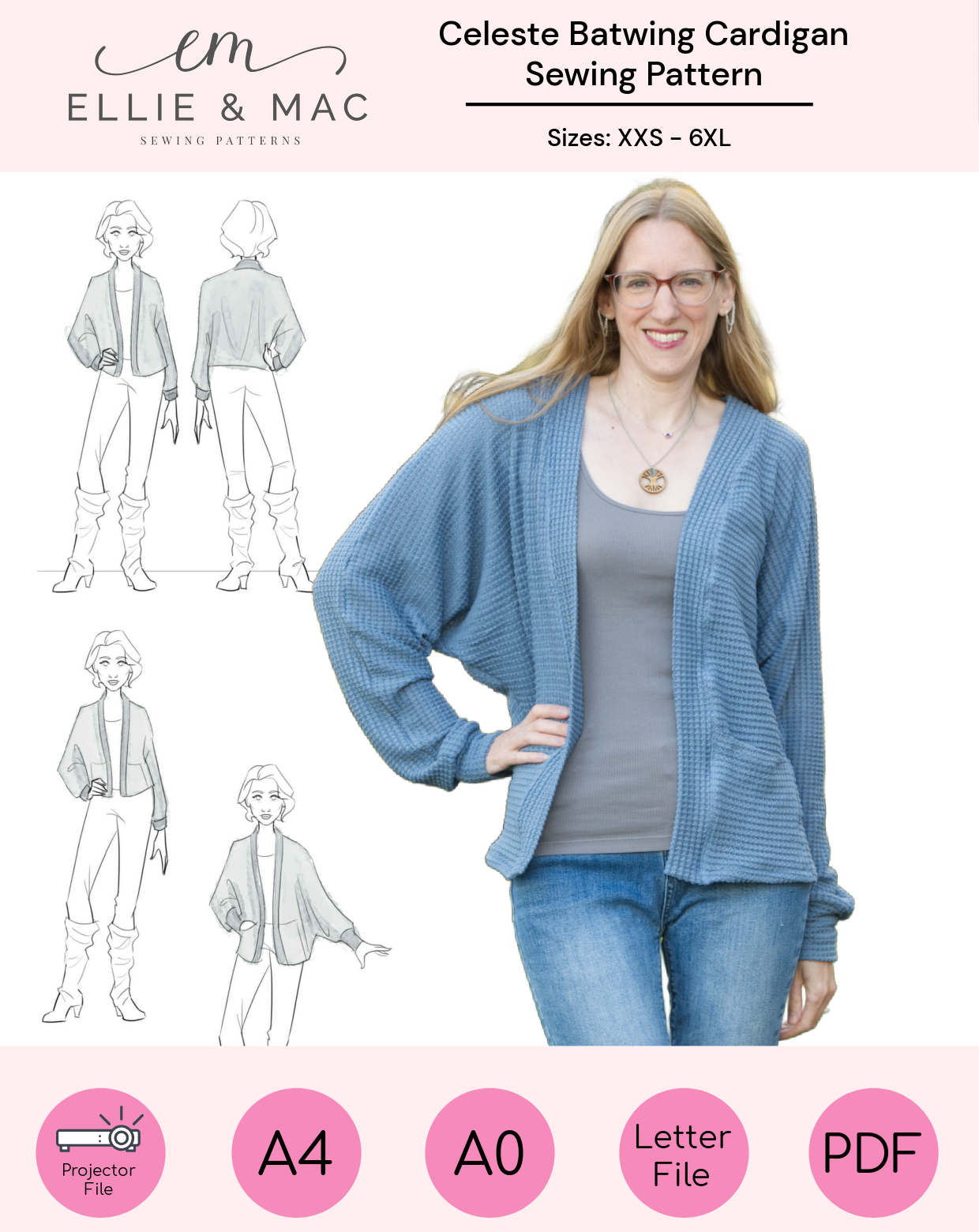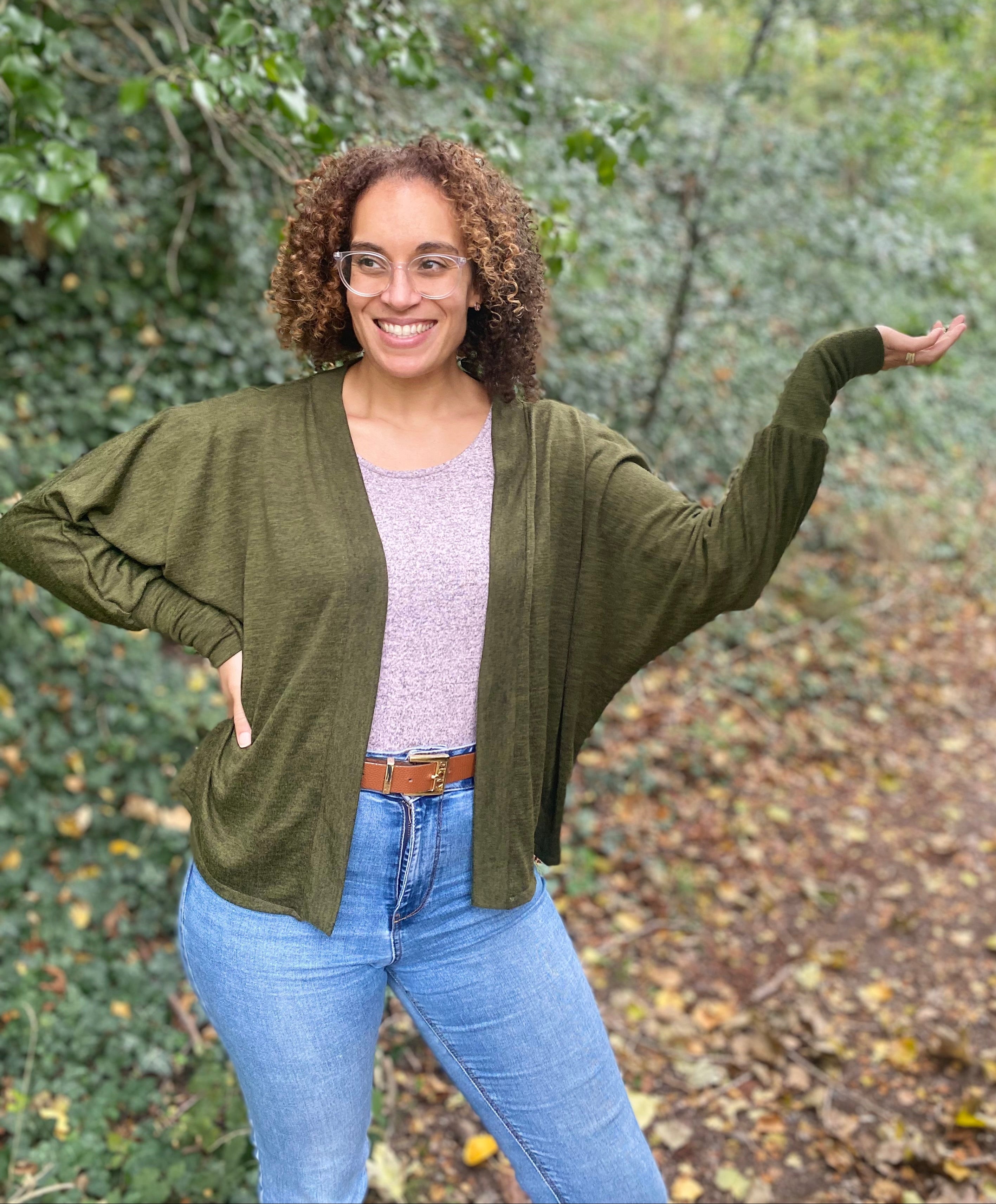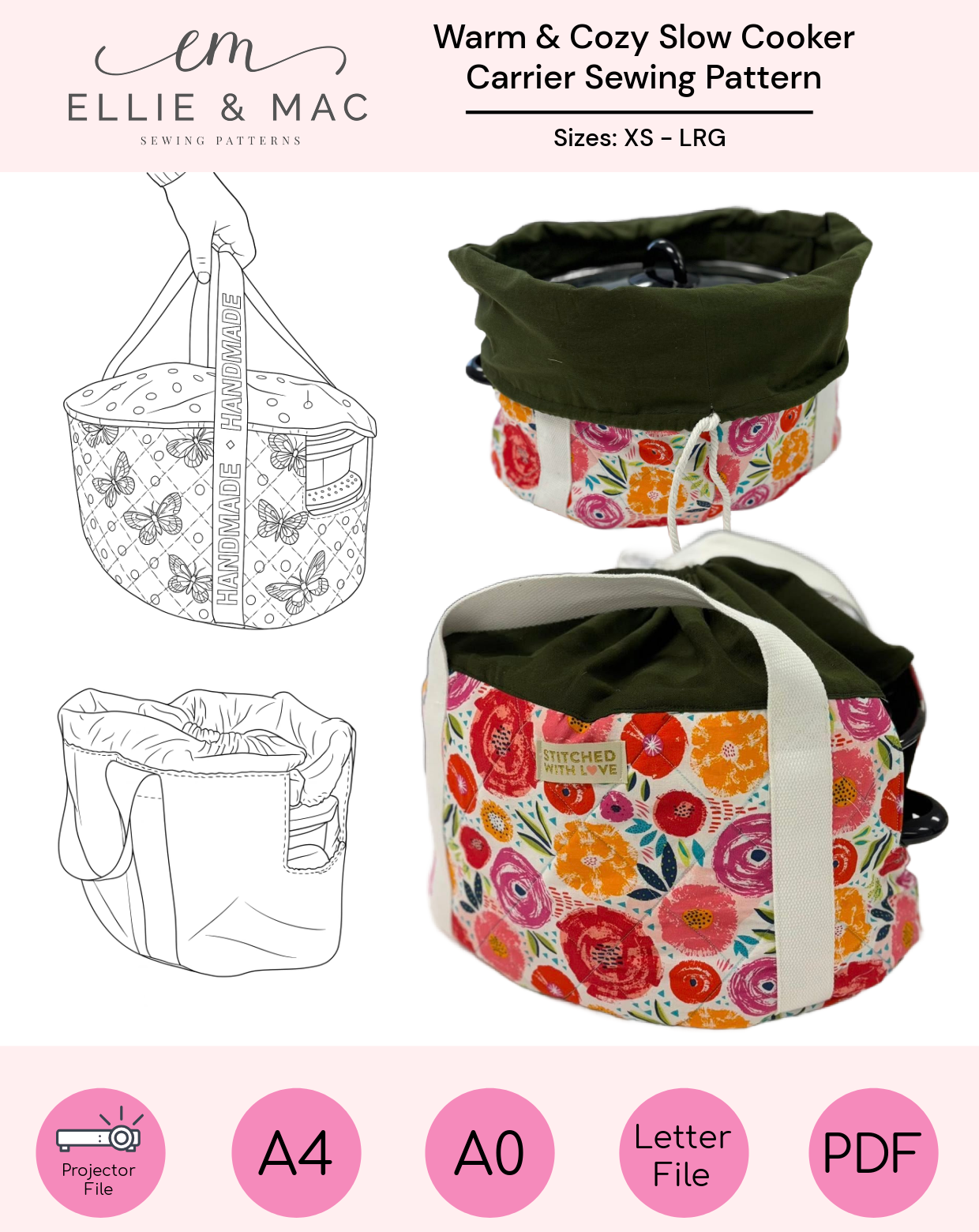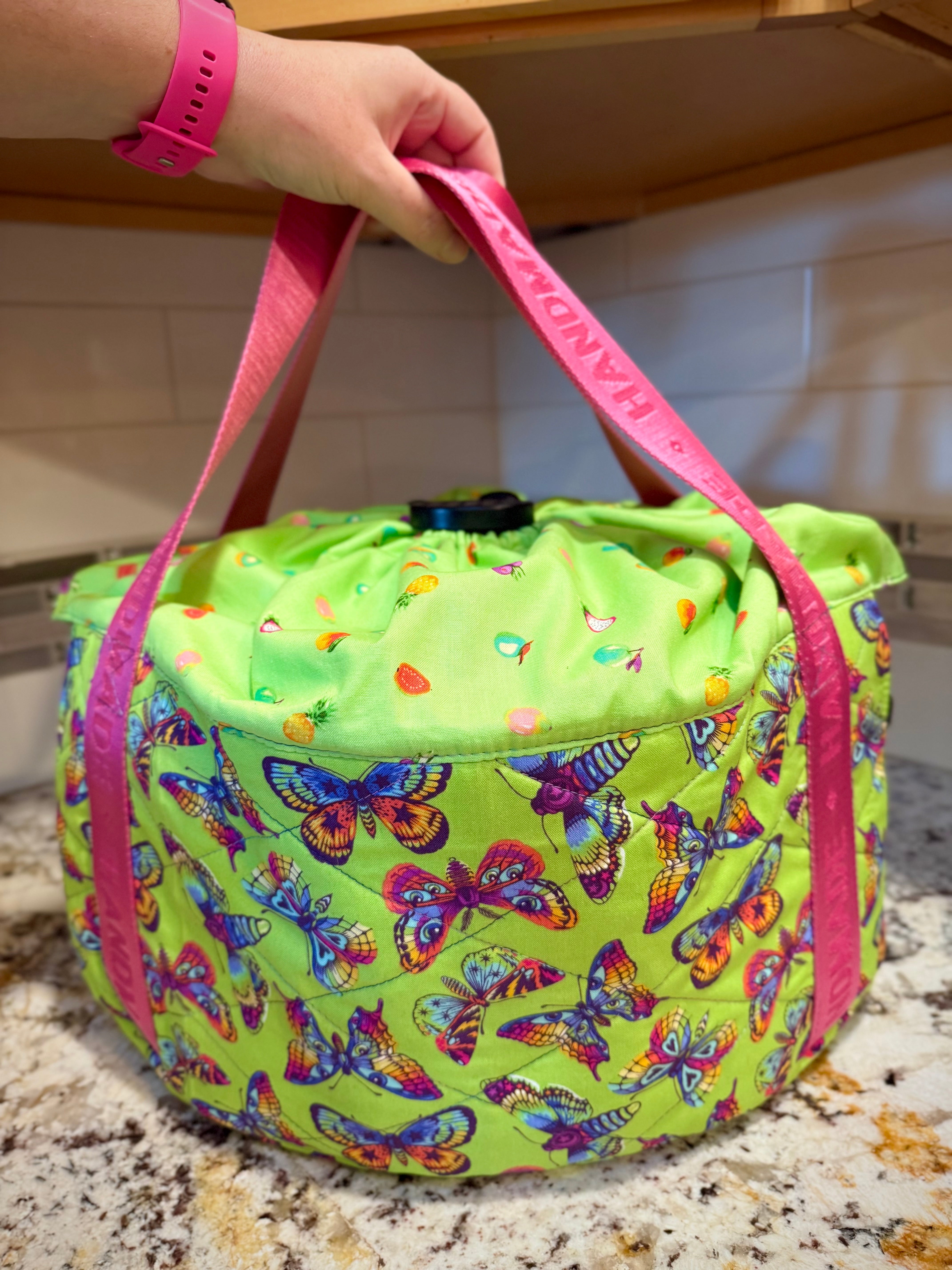

Hey all, Amy here with another tutorial for you. This one is going to be a bit of a buffet style, you can pick and choose which features you would like to use for your own dress, and there will be a variety of options!
I am going to be using Ellie and Mac Diana as a starting point and I will be combining a few other patterns and a couple of extra hacks to create something new! Other patterns that will be making an appearance include Ellie and Mac Discoverer Tee, Wrapped in Love, and Tres Belle.
If you would like to check out any of these patterns, here are my afflinks for you to follow:
Fabrics I have used in these projects:
-retro floral in black/hot pink rib knit from Renas Fabrics Galore (facebook)
-plain hot pink thin jersey from Yours Fabric (facebook)
-roses on teal scuba fabric from Renas Fabrics Galore (facebook)
-plain turquoise matte lycra from Tia Knight online store
THINGS YOU WILL NEED:
-
Pencil/pen
-
Ruler
-
Paper
-
Scissors/rotary cutter
-
Ellie and Mac patterns – Diana, Discoverer Tee, Wrapped in Love, you may also wish to use Tres Belle
-
Pins or clips
Optional but useful:
-
Pattern weights
-
Heat erase/wash away pen or dressmakers’ chalk etc
-
Carbon paper and tracing wheel
-
scotch/washi tape
-
Pencil eraser/rubber
Making the dresses:
So recently I have started using a projector and altering my patterns digitally rather than using paper. Because of this I am going to show you how to alter your patterns with pictures of my digital alterations – you can totally follow this and still use paper, it’s really no different. I am just letting you know because you will be seeing screenshots instead of pictures of physical paper pattern pieces.
First up you are going to want to grab your Diana front bodice pattern. I chose the ‘with sleeves square neckline’ piece to work from. Also grab your Wrapped in Love bodice pattern.

Lay your Diana pattern piece on a piece of paper and draw round it, since we don’t want to alter the actual original pattern piece. Take your Wrapped in Love pattern piece and lay it over the Diana outline you have drawn. You want to line it up so the shoulders match – don’t worry that they are different widths to each other, but you do want to make sure that there is the same space left over either side of the shoulders, so that the new shoulders you are creating match each other.

Now draw around the neckline of the Wrapped in Love piece, to superimpose the new neckline on the top of the Diana bodice shape you already drew. Do not cut anything out yet.

If you want to keep confusion to a minimum, you can now get an eraser and rub out the lines you don’t need – you will be left with something like this:

Now get your Diana back bodice (remember to use the sleeved square neckline back bodice to match the front or your pieces will not match together properly), and you are going to follow the same instructions to draw the Wrapped in Love neckline on to the back bodice as well.
To recap, draw around the Diana back bodice on a new piece of paper, place Wrapped in Love on top aligning the shoulders, and making sure there is the same space either side of the shoulders, and draw round the neckline. Do not cut it out yet.

Again if you wish you can erase the bits of the pattern that you aren’t going to use, and you will be left with this:

That is all you need to do to use the Wrapped in Love neckline. If you want to stop here you can! You could either go ahead and line your bodice as the Wrapped in Love pattern does, or you can add a neckband if you wish, as I have done. If you want to add a neckband, measure the circumference of your neck hole once the shoulders are joined (or measure your pattern pieces but don’t forget to subtract 1” which will be used up in seam allowance). Whatever number you got, multiply it by 0.85, and that’s the length you will want to cut a strip of fabric for your neckband. You can choose the width depending on your preference, but don’t forget the fabric will be folded in half and there will be two lots of seam allowance to add. For my neckband, I used a width of 1.5”. That means the visible band will be 0.5” once you fold it in half and remove the seam allowance.
Next we will add in the Discoverer Tee. Go back to your piece of paper which has the Diana/Wrapped in Love front bodice drawn on it, and also fetch your Discoverer Tee upper front bodice piece.
Lay the Discoverer Tee piece over the Diana drawing – please note, this time we are not aligning at the shoulders, but at the armpit/base of the armscye. It won’t match exactly – do not worry, it doesn’t need to. Just line it up as best you can and again make sure it is symmetrical with the same amount of space each side.


Draw the curved bottom edge of the Discoverer Tee pattern on to your Diana drawing. It should look like this:

This is what you want your pattern pieces to look like when they are sewn together…. To achieve this, you have to add seam allowance. If you don’t add seam allowance, your bodice will end up 0.5” shorter – if you are ok with this then go ahead and skip this next step.
To add seam allowance, draw a line 0.25” above and below the curved Discoverer Tee line you just drew. It should look like this:

The blue line is the seam allowance for the upper bodice and the green line is the seam allowance for the lower bodice. You need both pieces but you can’t cut both pieces out of the one piece of paper. At this point you need to duplicate the paper pattern piece you have drawn. You can do this either by putting a new sheet of paper down, then putting a piece of carbon paper on top, and then your new pattern piece on the top of that, and tracing around the shape with a tracing wheel, or you can tape your pattern piece to a window and put a new piece of paper over the top and trace round it like that.
Once you have two duplicates of the pattern piece you have created, you can cut the upper front bodice out of one piece, and the lower front bodice out of the other.
This is what it should look like:

Now if you want to follow the Discoverer Tee more closely, you can stop at this point. If you want to make further alterations, keep reading and I will show you how to alter the back bodice piece to mirror the front.
You will need in front of you the bottom front bodice piece you just cut out, and the back bodice piece you drew earlier.
Measure the length of your lower front bodice piece – you want your lower back bodice piece to be the same measurement so that they match at the side seam.

Draw a horizontal line across your back bodice piece at the height you just measured.

Now, the lower back bodice piece already includes seam allowance, because the height you measured from your front bodice already included seam allowance. But, the upper back bodice does not have seam allowance included. So you need to draw a line 0.25” below the line you just drew, and this will be the seam allowance for the upper back bodice piece.
This is what it should look like:

Again like you did for the front bodice, you need to duplicate your back bodice so you have two copies, so that you can cut out the upper back bodice piece and the lower back bodice piece. Do that now. It should look like this:

This next step is totally optional, and is just a personal preference. I prefer my waist seam to be a little straighter, so I raised the front centre by 0.75”. If you want to do this you can draw in the new line with a French curve ruler, or you can draw a straight line if you don’t want any curve at all, as long as the side seam matches the back bodice.

We are now done with the bodice pattern alterations but there are a couple of little extras you can add if you like – For my pink retro floral dress I have added a ruffle all the way around the top of the lower bodice pieces, and for my turquoise dress I added a faux placket and faux fastening (I used a frog closure).


If you want to add a ruffle, cut a strip of fabric roughly double the length of the top edge of the lower front bodice piece, and another strip double the length of the lower back bodice piece. The width of the fabric is up to you, but don’t forget to add seam allowance, and you may wish to hem the ruffle also. I cut my fabric strips 2” wide. I will show you later how to add the ruffles once we get to construction.
If you would like to add a faux placket, you will need a strip of fabric the length of the centre of your upper front bodice piece, and the width I chose was about 1”. I ironed both of the long edges underneath by 0.25” each side, positioned the strip centrally on the bodice and topstitched it down either side of the placket. Do this as the first step after cutting out your pattern pieces. Now it is part of the bodice you can ignore it and finish constructing the rest of the bodice as though it wasn’t there. At the end you can hand sew a decorative faux closure or buttons on to the placket in your preferred position.
Keep reading if you would like to alter your Diana sleeves like I have. For the dresses I have shown you today, I have made two slightly different puff sleeves, so I will show you how to make both and you can decide which you prefer.
You will need your Diana short sleeve pattern piece.

Draw around your pattern piece on to a new sheet of paper. Also draw the lines to indicate where you should gather your sleevehead, and the markings to indicate the front and back of the sleeve.
Firstly I added an inch in length.

Next I drew a horizontal line out from the existing sleeve edge by 2 inches either side, and drew a diagonal line up to meet the pattern at the armpit/base of the armscye.

Then, measure up the diagonal line you just drew by about 3 inches and make a mark to indicate this point.

Using a French curve ruler, draw a curve from the points you just marked to the lowest centre point of the bottom edge of the sleeve.

You can now erase any lines you don’t need that might be confusing. You should have something that looks like this:

If you stop now you will get a puff sleeve that looks like the sleeve I used for my turquoise dress. If you do not want to use this method, you could use the slash and spread method instead which would create the same effect.
Now I’m not one for a subtle look, but I had a very small amount of fabric left to cut my sleeves from, which is why I didn’t add very much to create this puff sleeve, and it gives quite a light delicate effect. For my hot pink retro floral dress I decided to make the puff sleeve a bit more dramatic, and I will show you how to achieve this as well. Please note though that different fabrics will sit differently – my turquoise dress sleeves are scuba so they sit a lot more stiff and structural compared to the flowing drapey nature of the thin jersey I used for my hot pink retro floral dress sleeves – so choose your fabric according to which look you prefer!
Ok so, if you want to make your puff sleeve more dramatic, cut your sleeve pattern piece (that you have just finished drawing) out at this point, fold it in half horizontally and cut along that line. Place these two half piece on a new piece of paper, and spread them apart by 4 inches. You can make this more or less depending on your fullness preference. Copy across the gathering marks along with the notation to show which is the front and back of the sleeve.2

Draw around the edges of the two pattern pieces, keeping them in the spread apart position. Once you have drawn around them you can put them to one side. Next I added 2 inches to the sleeve head height. To do this measure vertically 2 inches up from the centre of the sleevehead, and use a french curve ruler to create a new sleeve head, blending it into the original sleeve shape at the edges. It should look like this:

This will add more fullness/puffiness to the sleeve head rather than making the sleeve itself longer.
Using your french curve ruler, redraw the lower edge of your sleeve piece, so that you have a nice curve where you spread the sleeve halves apart.
You can also erase any unnecessary lines at this point if you wish. It should look like this:

Ok, that is your more statement puff sleeve piece finished. All you need now are bands to attach to the bottom of your sleeves. Cut two strips of fabric with a length approximately the circumference of your arm minus an inch. The width can be whatever you like, I used a width of 2 inches. Remember this will be folded in half and you also need to take into account seam allowances. So I had a visible band of 0.75” after folding and seam allowances.
You will be glad to hear we are all done with pattern piece alterations! Now you can cut out all your pieces and we will move on to construction.


Here are the front and back bodice pieces you should have, plus neckband and ruffle strips.
First we will tackle the ruffles (if you want to do the faux placket instead, follow my instructions above – I do not have pictures showing that step). If you want to hem your ruffles, go ahead and do this now. I overlocked the edge of mine, turned it under 0.25” and topstitched but you can use any method you wish. Then gather the remaining long raw edge. I gathered mine by turning my sewing machine tension up to 9 and using a straight stitch 5mm long. If using this method do not reverse stitch and the beginning and end, and leave long tails. You can gather using whatever method you wish.
Adjust your gathering so the ruffle length matches your lower bodice pieces, and clip or pin them together. The wrong side of the ruffle should be against the right side of your bodice piece.


Baste the ruffle to the bodice using a long straight stitch.
Next take the upper front bodice piece and pin it to the lower front bodice piece along the curved edge, right sides together.

Sew using a stretch stitch or your serger, and press the seam allowance up.

Do exactly the same for your back bodice. Give your bodice pieces a stretch and your basting stitches should snap and you can pick them out.

Next sew your shoulder seams using a stretch stitch or your serger.

And now we add the neckband. Press the neckband in half along the long edge and sew the two ends of the neckband together so it forms a circle. Pin it to the neck hole of your bodice matching quarter points.

Attach your neckband using a stretch stitch or your serger.

Now we move on to the sleeves.

Gather the lower edge of your sleeve so that it is the same length as your sleeve cuff. Gather using your preferred method.

Pin your sleeve cuff right sides together to your gathered sleeve edge.

Sew using a stretch stitch or your serger and press the seam allowance up.

Next we need to set in the sleeves. Gather the sleeve head between your marked points accordingly so your sleeve head fits your armscye and pin right sides together.

Sew your sleeves to your bodice using a stretch stitch or serger.

Now you can sew closed the side seams and sleeves with right sides together, and your bodice is complete!

For your skirt, you can pretty much choose any Ellie and Mac skirt that attaches to a bodice top with a similar waist seam. For the dresses I have shown you today, I used the Diana maxi skirt for the hot pink dress, and I used a Tres Belle full circle skirt for the turquoise dress. You should not need to make any alterations to the skirt, it should fit with the bodice ok as is.
I decided to add a slit to my maxi skirt to add a bit of interest, so I will show you how to do that. If you don’t want to add a slit you can go ahead and use whichever skirt you prefer and add it according to the directions in the relevant pattern.
To add a slit:
Sew two top tiers from the Diana pattern along one edge and set aside. Sew two middle skirt tiers along one edge and set aside. Sew three middle skirt tiers along the short edges in a row, leaving either end raw. You now have three sewn together strips which need to be gathered together to form your skirt. Nothing is sewn together to form a circle at this stage.
Gather the top of the second skirt tier and attach it to the top tier. Gather the top of the third skirt tier and attach it to the second tier.
Now you have a very large flat skirt piece, something like this:

Serge both vertical raw edges of your skirt.
Where would you like your slit to start? Measure down from your waist and decide where you would like this to be.
Place a pin/clip or mark on your skirt to indicate where you would like the slit to start.

With right sides together, fold your skirt in half and sew from the waist down to the point you marked where you would like your slit to start.

Press this seam open, and press the open edges of the slit down to the bottom of the skirt by the same amount.

Now would be a good time to hem your skirt if you want to do this.
Topstitch the seam allowance of your slit down around the open edges and pivot around the top edge of the slit like this:

You can now gather the top of your skirt and attach it to your bodice. Since the slit is in the position of one of the side seams, you will not attach it by matching the skirt side seams to the bodice side seams – that would result in the slit being in the wrong position, at the side seam. Instead, rotate the skirt when you attach it to the bodice so the slit ends up somewhere between the centre front and the side seam – an exact position is not necessary, just pin the slit seam of the skirt to the bodice wherever you think looks good for you. Now pin the rest of the skirt to the bodice, the other side seam will fall somewhere on the back of the skirt.
If you don’t want to do it this way, another option would be to fully put the skirt together according to the instructions, and then cut through from waist to hem through all the tiers wherever you would like a slit to be, and follow my slit instructions from there. The only difference with that is you could then match your top tier skirt side seams to your bodice side seams when attaching.
Congratulations your dress is finished! I hope you enjoyed this tutorial and I look forward to seeing your makes on the Ellie and Mac Facebook page.


(Written by: Amy Day)


